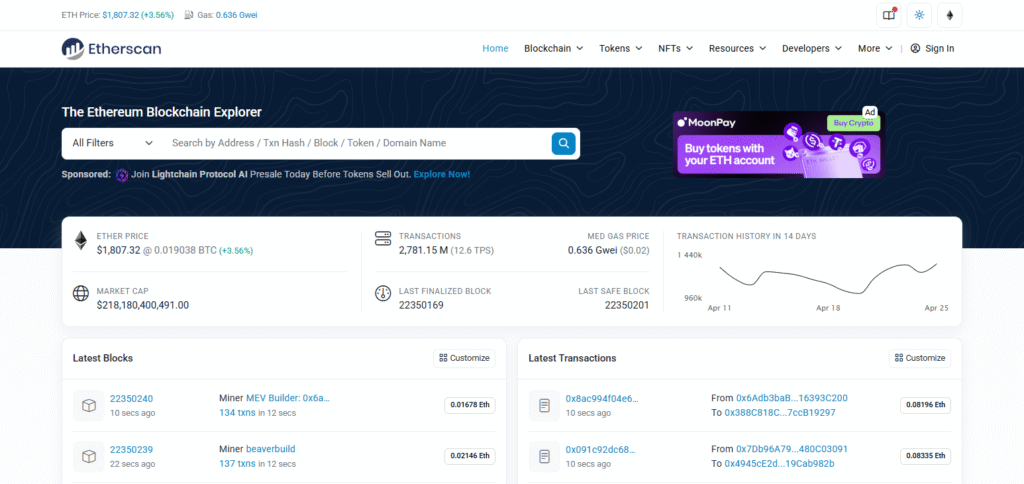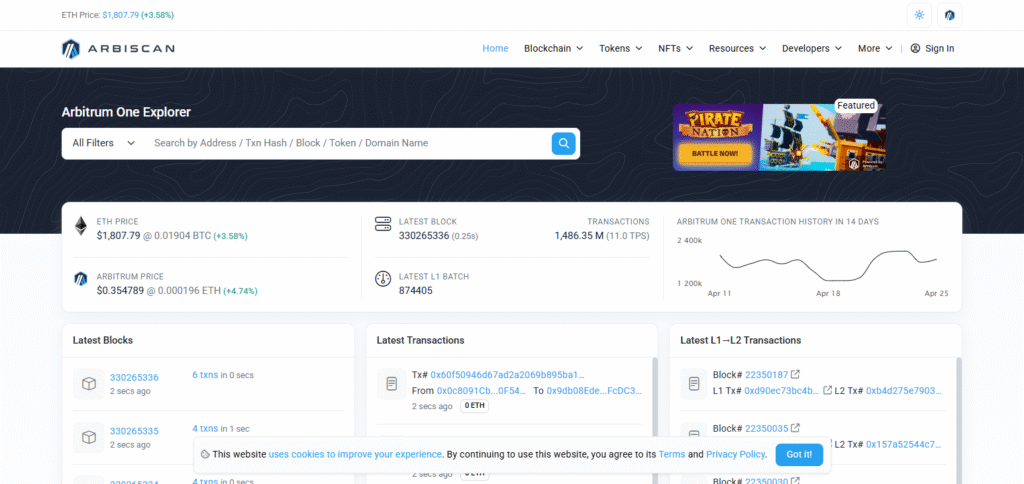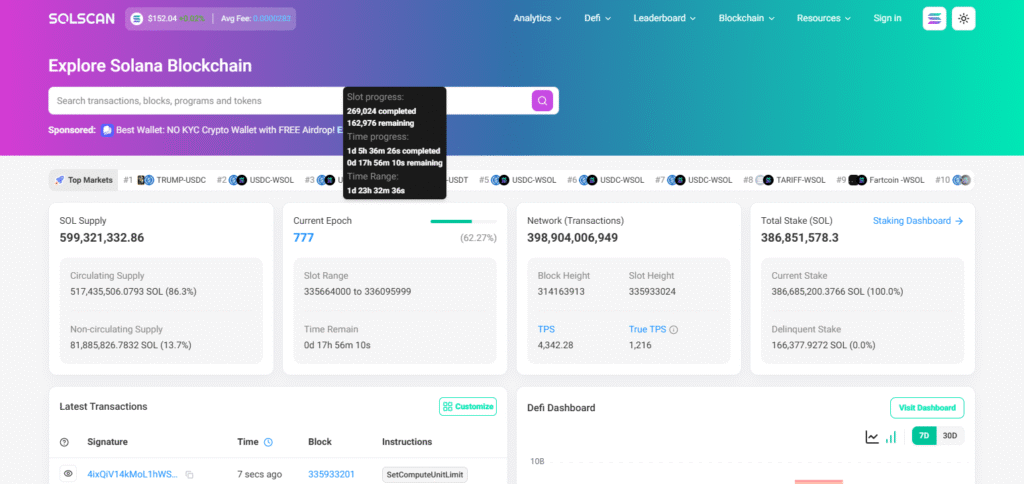In this article i will discuss the How to Verify Smart Contract Code Easily in a few easy steps. Verification is important since it gives assurance of security, trustlessness, as well as the proper operational functionality of smart contracts prior to launching them.
With the proper methods and tools, developers are able to reduce risks, improve user confidence, and ensure proper execution of the smart contracts on the blockchain.
What is Smart Contract Code?
A smart contract consists of programmed instructions in languages such as Solidity capable of interfacing with blockchain technology. They function without intermediaries by automatically executing certain predetermined actions when pre-specified conditions are satisfied.

Smart contracts can be used to transfer tokens, operate decentralized applications, execute trades, or other operations over blockchain networks like Ethereum or BNB Chain.
Since they are immutable, once deployed, it is extremely important that the code is written accurately and securely to prevent crashes, exploitation, vulnerabilities, or malicious usage.
How to Verify Smart Contract Code Easily

Let’s take a look at the verification procedure of a smart contract code with Etherscan as an example:
Steps to Verify a Smart Contract Code
Deploy the Contract
To begin, deploy your smart contract on the Ethereum blockchain using IDE tools such as Remix or Hardhat. Remember to capture the contract address.
Follow Etherscan
Open Etherscan and search for the address of your contract. Click on the “Contract” tab.

Confirm Verify and Publish
Within the “Contract” tab, click on “Verify and Publish.”
Fill In Information: Enter the following details:
- Optimization parameters (enabled or disabled).
- Optimization settings (enabled or disabled) [if any].
- License type (e.g. MIT).
Paste the Code
Copy your smart contract code and insert it into the text box provided.
Handle Libraries
If your contract uses external libraries, make sure their addresses are linked correctly.
Submit for Verification
Click ‘Verify and Publish’. Etherscan compiles the code to ensure it aligns with the deployed bytecode.
Check Verification Status
After the verification, the contract code is displayed which allows users to perform operations on it.
Other Place Where Verify Smart Contract Code Easily
Arbiscan
Arbiscan facilitates the evaluation of smart contract code by offering a straightforward interface tailored to the Arbitrum blockchain. Its distinctive feature is its effortless synchronization with Arbitrum’s proprietary scaling system, which enables developers to verify and publish their contracts accurately.

For those building on Layer 2 systems, it automatically finds compiler options, provides instantaneous verification feedback, and streamlines the processes for contract publishing.
Solscan
Solscan enhances verification of Solana smart contracts by providing a user-friendly graphical interface specifically designed for Solana’s infrastructure.

Its highlight is contract data indexing in real-time, facilitating speedy retrieval of program source codes along with their respective deployment information.
The self-included transactions and informative contract call relationships provided by Solscan aids developers to not only verify contracts, but do so with ease in insight for debugging, visibility, and trust for community on a fast blockchain like Solana.
Why Verification Matters for Developers and Users
For Developers:
Builds Credibility: Code verification increases trust and rates on developer’s work.
Allows for Audit: Code verification allows for collaboration and suggestion from other developers.
Protect Against Misidentification: Code verification prevents the misuse of contracts; thus ensuring credibility.
Encourages Proliferation of Open Source Projects: Open partnerships and trust can be passed on to other members of the society.
For Users:
Improves Contract Interaction: Users are able to view contract interaction before committing to sign a contract.
Establishes safety: Users can avoid scams through invalid contracts that offer false logic beneath.
Improves Trust: Contracts that are capable of verification increase the users projection of the project.
Encourages Evaluation of Logic: Users are given better control of evaluating code logic thus enhancing decision quality.
Prerequisites Before Verification

Source Code Access
You need to obtain the full smart contract source code which should be written using a supported language such as Solidity.
Correct Compiler Version
For verification purposes, you need to select the same compiler version used during deployment.
Optimization Settings
Ensure that you enabled optimization for the verification settings if it was enabled during compilation.
License Type
Specify relevant license such as MIT or GPL applicable within the contract.
Flattened Code (if needed)
In case your contract comes with several files, it may need to be flattened into one single file for successful verification.
Constructor Parameters (if any)
Be ready to provide constructor parameters in appropriate form if the contract includes them.
Pros & Cons
| Pros | Cons |
|---|---|
| Transparency: Ensures the contract’s functionality is open and auditable by anyone. | Complexity: Verification can be technically challenging, especially for beginners. |
| Security: Reduces the risk of hidden vulnerabilities and exploits. | Time-Consuming: The process can be slow if there are issues or mismatches during verification. |
| Trust: Builds credibility with users and developers. | Mismatched Parameters: Errors in compiler settings or constructor parameters can cause failures. |
| Public Audits: Allows others to audit and verify the contract’s code for trust and accuracy. | Dependency Issues: Missing or unflattened code can lead to verification failure. |
| Error Detection: Helps catch mistakes before the contract goes live. | Reputation Risk: If vulnerabilities are discovered after verification, it can damage the project’s reputation. |
Conclusion
To sum up, checking the smart contract code is a fundamental procedure needed to maintain the trust, security, and transparency of the blockchain ecosystem.
Appropriate protocols and tools such as Etherscan, Arbiscan, and Solscan allow developers to confirm the absence of vulnerabilities and proper performance of their smart contracts.
Despite the technical obstacles that come with the verification process, the benefits stand to vastly outweigh the risks—bolstered reputation and security are just some of the advantages that increase user trust in the system. Therefore, verification is always a necessities to developers and users alike.










